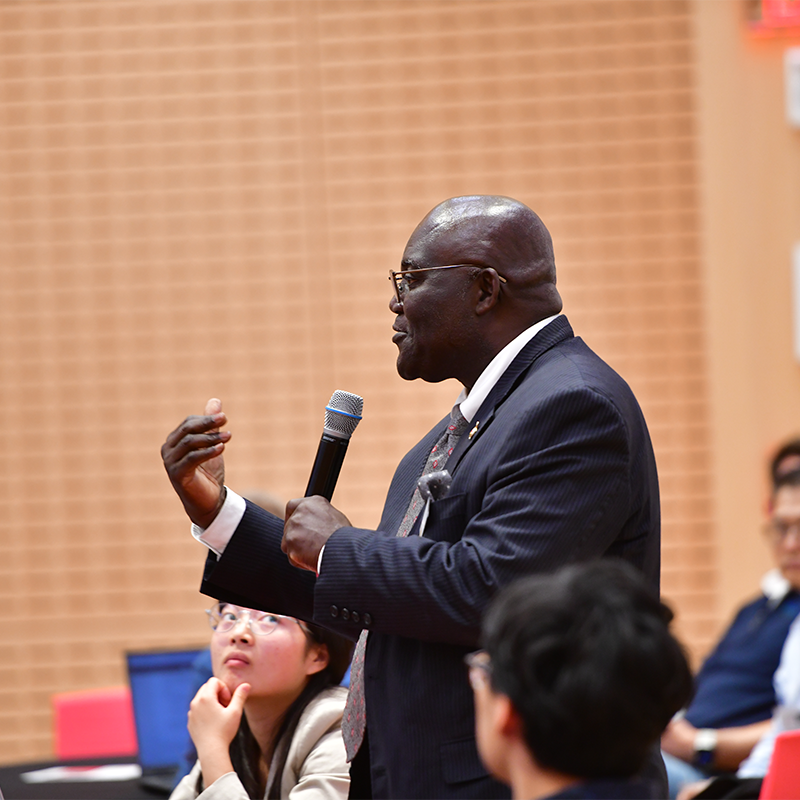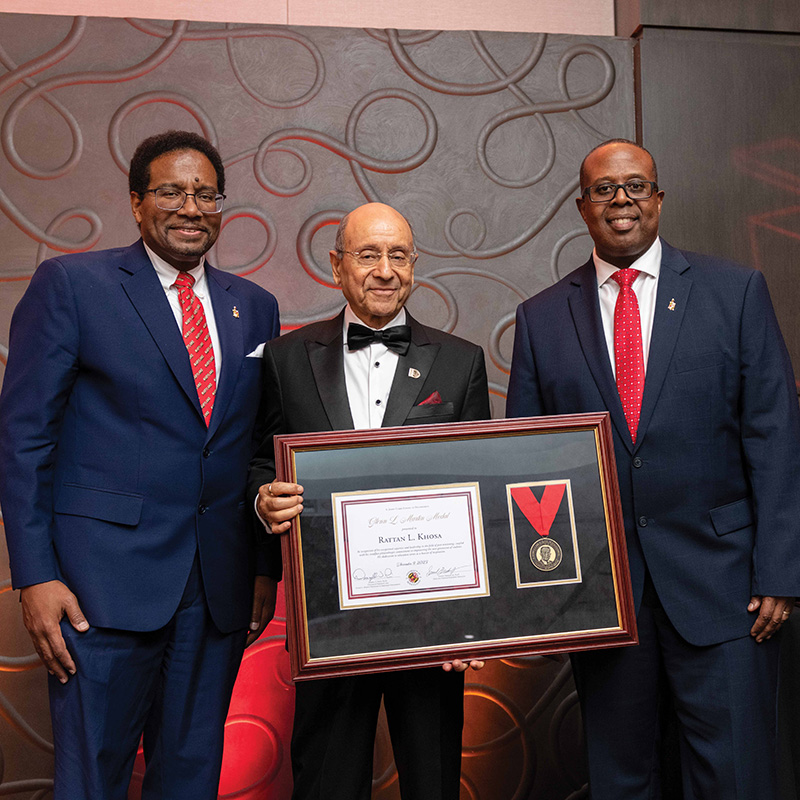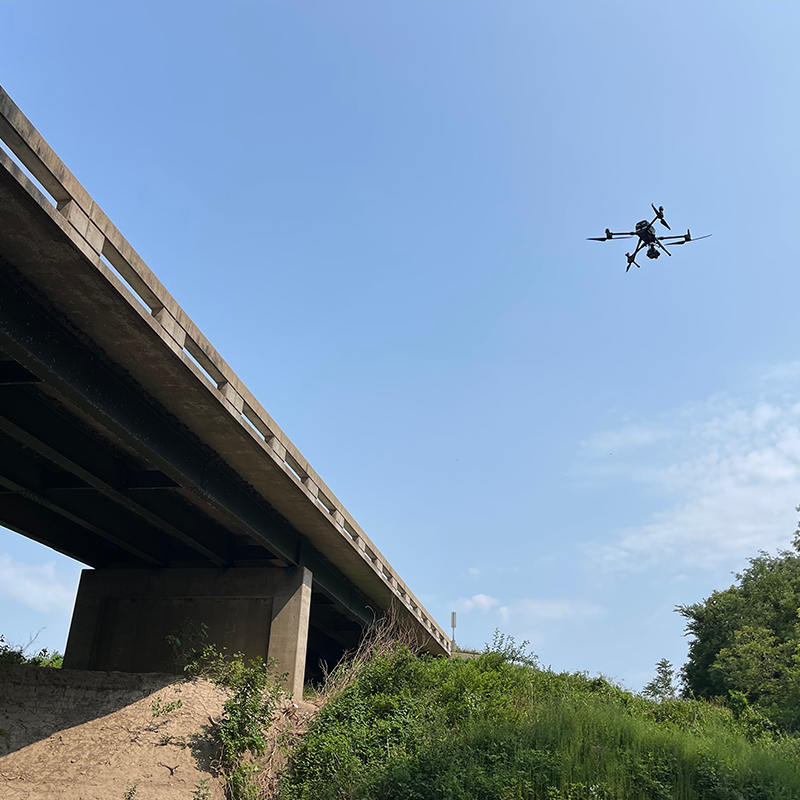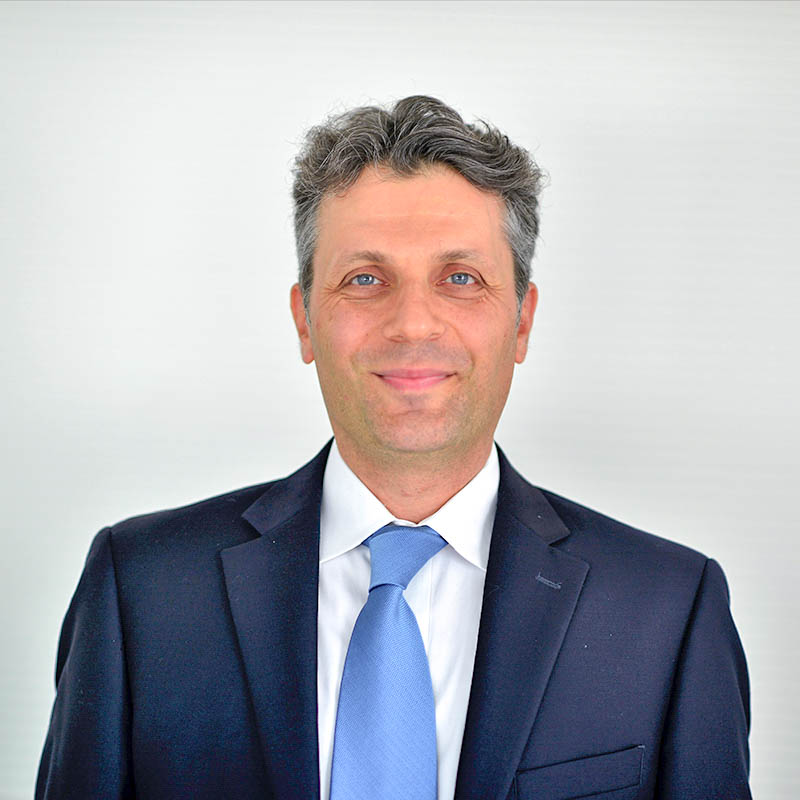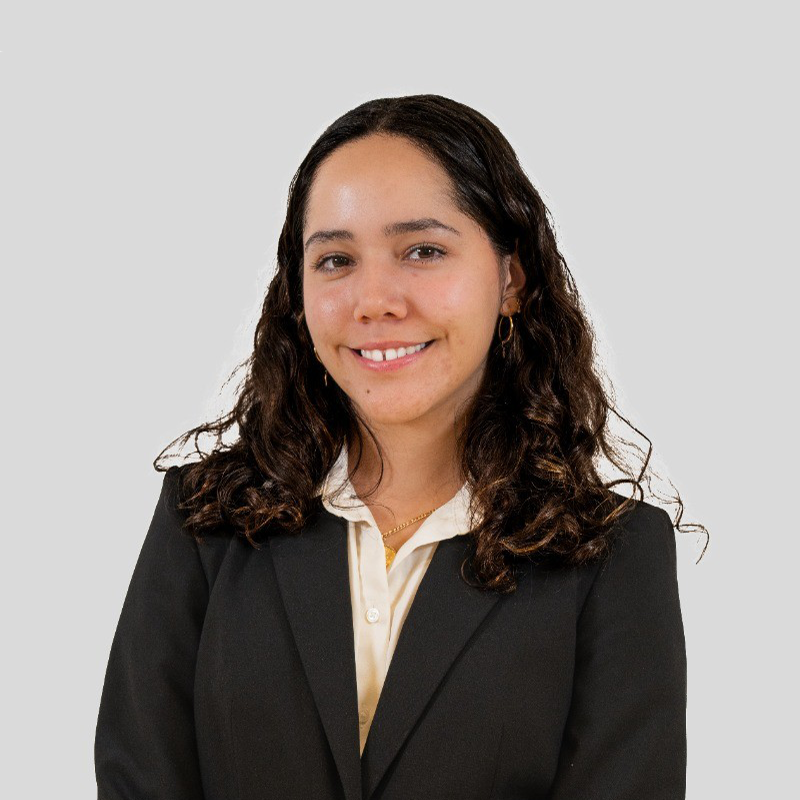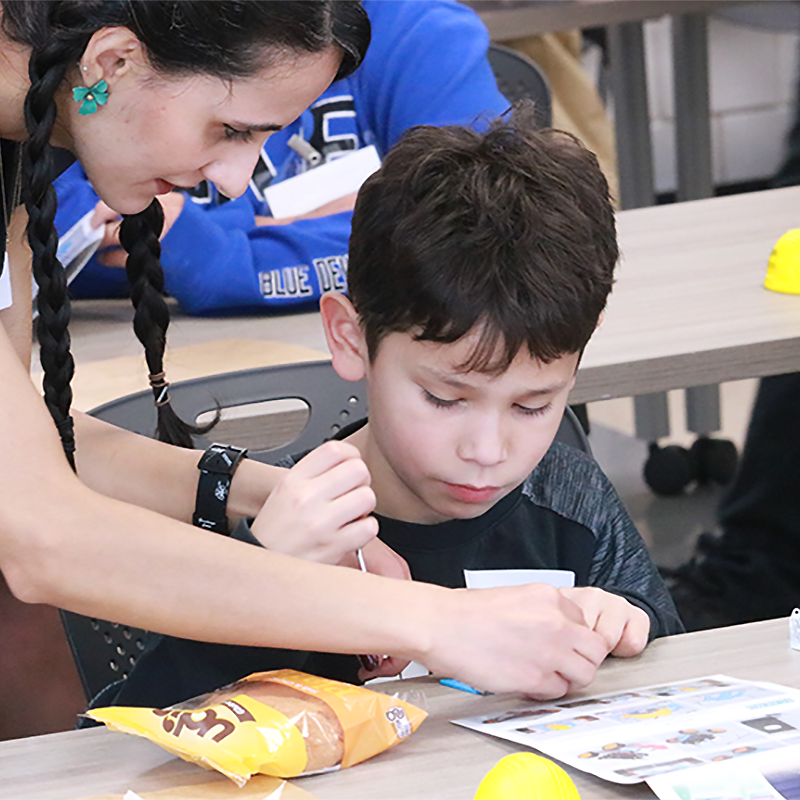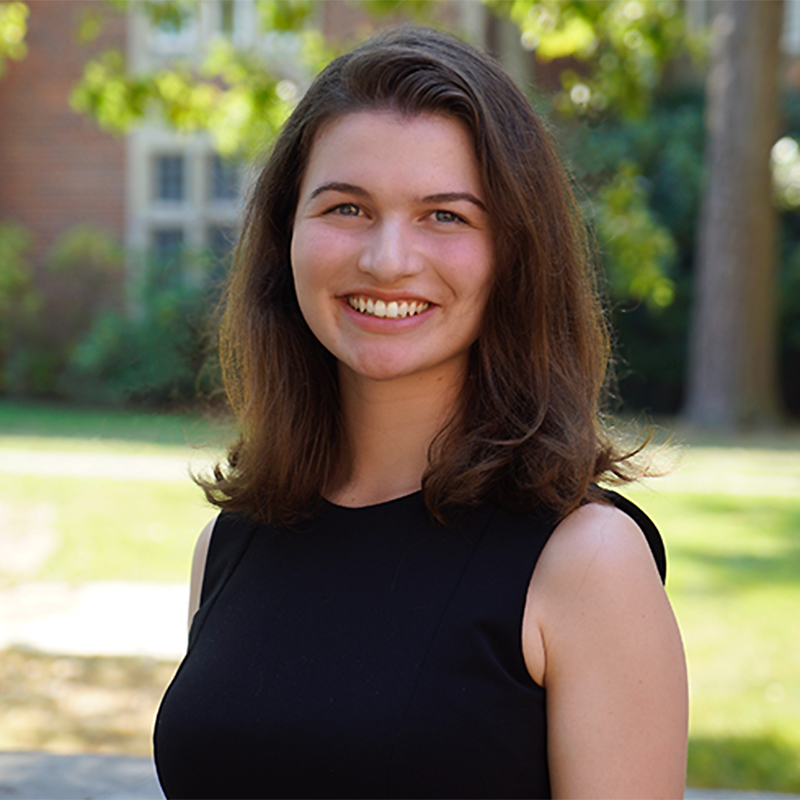News Story
Roadside Soil Amendments: Finding the Right Mix
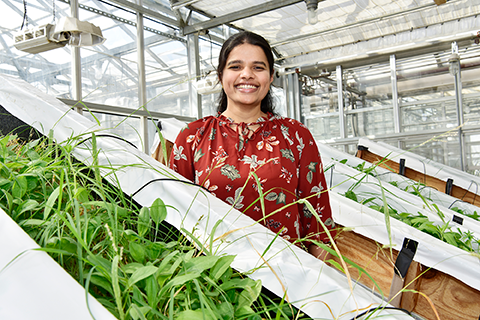
As transportation agencies strive to prevent soil erosion along roadsides, they often use organic materials known as soil amendments to help achieve this goal. But more needs to be understood about the behavior of specific amendments, such as composts, biosolids, mulch, and biochar.
Sai Pamuru’s dissertation research at the University of Maryland (UMD) helps fill in those gaps.
Pamuru, who wrapped up her doctorate in early 2024 and is now a postdoctoral researcher at Duke, conducted a series of experiments designed to identify which combination of amendments is most likely to foster growth of roadside vegetation while limiting the leaching of nutrients.
Her advisors were Professors Allen P. Davis and Ahmet H. Aydilek, both from the UMD civil and environmental engineering department. With Dr. Davis specializing in environmental engineering and water quality, and Dr. Aydilek in geotechnical engineering, Pamuru was able to blend both perspectives. She also worked with researchers in the plant sciences department.
"This wasn’t siloed research,” said Pamuru, who received a Compost Research & Education Foundation scholarship in 2023 and was named a UMD Global STEWARDS Fellow in 2021. “It was collaborative and interdisciplinary throughout."
Vegetation plays an essential role in maintaining soil integrity. Plants act as natural filters, improving runoff water quality, reducing runoff volume, stabilizing slopes, and potentially enhancing carbon sequestration. Increasing soil organic matter is essential for promoting the growth of vegetation. For these reasons, many states mandate that roadside topsoil contains between 3% and 15% organic matter.
"[The] effects must be properly understood and regulated,” Pamuru said. “We want to promote the safe use of organic amendments for roadside soil remediation, while minimizing environmental consequences."
Sai Thejaswini Pamuru (Ph.D. '24).
There’s a catch, though: different kinds of organic matter produce different results. Moreover, studies have flagged concerns about leaching from certain substances, including biosolids and composts. “These effects must be properly understood and regulated,” Pamuru said. “We want to promote the safe use of organic amendments for roadside soil remediation, while minimizing environmental consequences.”
Pamuru conducted a set of three experiments at UMD to track the results of applying various kinds of amendments. The first experiment, a tub study, measured how different types of organic amendments—wood mulch, compost made from yard waste, and biosolids produced from sewage sludge—affect soil properties, plant growth, and water quality. The second experiment, a pot study, examined the effects of three composts, made from yard waste, food waste and turkey litter, and a wood-derived biochar on vegetation growth.
Finally, Pamuru conducted a mesocosm study—that is, a medium-to-large scale experiment that studies the natural environment under controlled conditions—that assessed what happens when yard waste compost and biochar are both being used. Her previous two experiments had shown that the former is most effective in promoting vegetation, while well-documented science shows the latter has strong pollutant filtering effects. Now she wanted to know how they interact, and identify their synergies in soils.
Based on her results, Pamuru was able to draw up specific guidelines for achieving a mix that offers the best of both worlds: plant growth and reduced leaching.
Explains Davis, her co-advisor: "The study determined the suitable compost type (derived from yard waste), its optimal quantity (only 1-2% soil organic matter increase when using compost), and the most effective incorporation method (mixed into the soil along with a low-nutrient amendment, such as wood-based biochar)."
It also set nutrient management parameters, including soil nutrient levels and carbon-to-nitrogen ratios, Davis said. Information from the study is available to state departments of transportation for inclusion in construction manuals.
"Sai's doctoral research was supported by the Maryland and Minnesota departments of transportation (DOT)," said Aydilek, her co-advisor along with Davis. “Her findings informed these departments on specific topsoil improvement measures for structure and vegetation along highways, minimizing collateral environmental damage."
Published June 6, 2024


